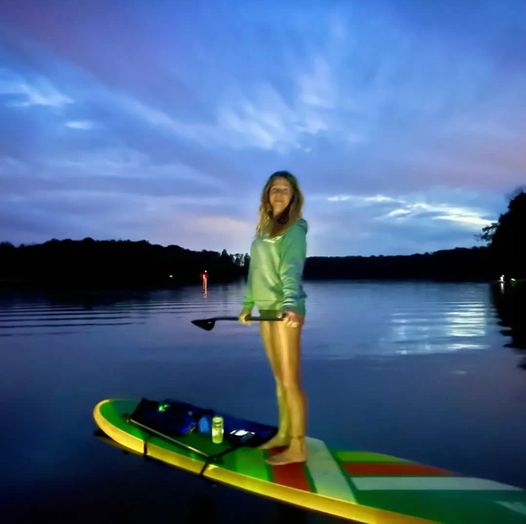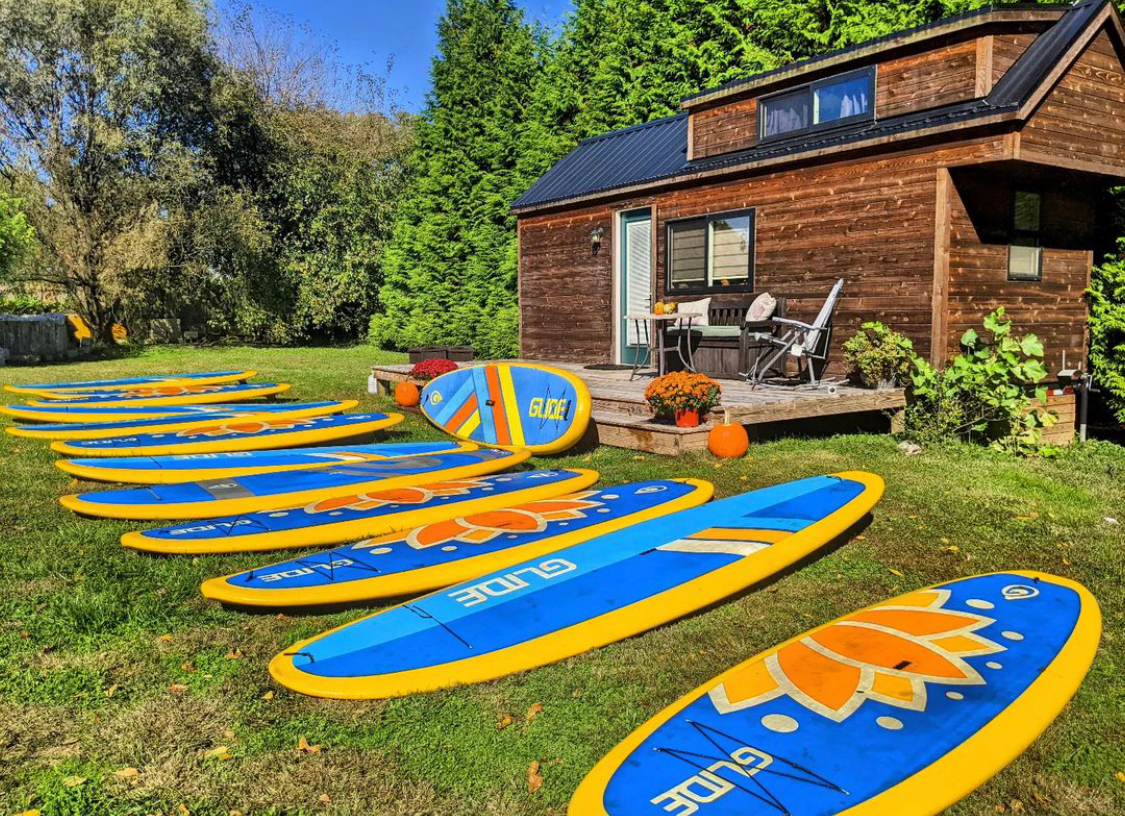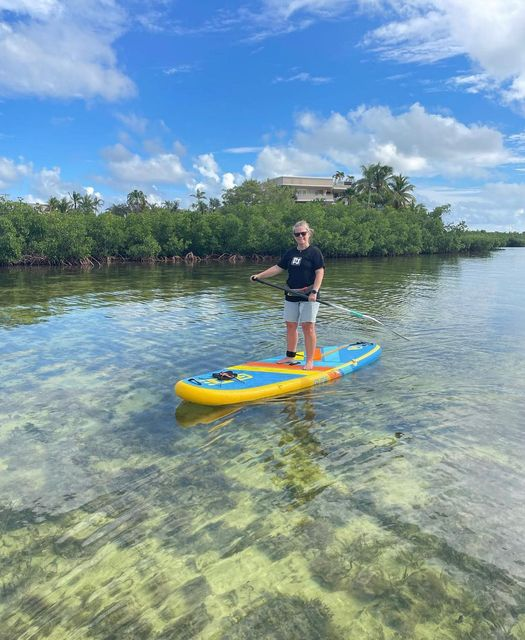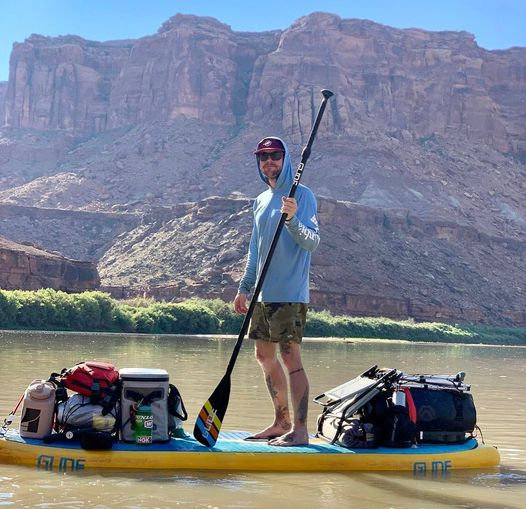
How To Buy A Paddle Board: Everything You Need To Know
Everything you need to know before purchasing your first stand up paddle board.
Introduction: Embracing the World of Paddleboarding
Paddleboarding is an exhilarating blend of fun and fitness, yet deciphering the vast array of information about different boards and their uses can be daunting. Let's simplify the stand up paddle board (SUP) landscape, highlighting what sets them apart, their applications, and key considerations before making a purchase.

Paddle board vs. Surfboard: Understanding the Distinction
The primary difference between paddle boards and surfboards lies in their size and versatility. Paddle boards are larger, offering greater stability and the capacity to accommodate additional passengers like a small child or a pet—something challenging to achieve on a surfboard. While both can ride waves, only paddle boards excel in flat water conditions.
The Origins of Paddle boarding
Tracing back to the 1940s and 1950s with the Beach Boys of Waikiki, paddleboarding was revolutionized by Hawaiian surf legends Dave Kalama and Laird Hamilton in the late '90s. It has since evolved into a family-friendly activity, celebrated for its adaptability and enjoyment across generations.
Exploring Types of Paddleboards
Paddle boards are designed with specific activities in mind, from serene yoga sessions to adrenaline-fueled surf adventures. Here’s a brief overview:
- All-Around Boards: The jack-of-all-trades, perfect for beginners and versatile enough for flatwater paddling, surfing, yoga, and fishing.
- Touring Boards: Built for distance and efficiency, these boards are ideal for adventurers looking to cover more ground with less effort.
- Surfing SUPs: Tailored for wave enthusiasts, these boards are more agile and suited for catching waves.
- SUP Yoga Boards: Wider platforms designed for stability, making them perfect for on-water yoga practices.
- Fishing Paddle Boards: Equipped with storage and stability for anglers looking to cast a line from their board.
- Race Boards: Streamlined for speed, these are for the competitive paddler seeking performance.
- River Boards: Short and sturdy, designed to navigate the unpredictable waters of river paddling.
Rigid vs. Inflatable Paddle Boards

The choice between rigid and inflatable boards hinges on storage, transportation, and performance preferences. Early rigid models were known for their performance but cumbersome to store and transport. Inflatable boards have bridged this gap, offering comparable rigidity with the convenience of easy storage and transport, making paddle boarding accessible to city dwellers and travelers alike.
Paddle Board Buying Guide
Understanding the anatomy of a paddle board and its intended purpose is crucial. From the traction-providing deck to the direction-assisting fin, each component plays a role in the board's overall functionality. Whether you’re cruising, racing, or practicing yoga, there’s a board designed to meet your needs.
Where to Buy SUPs
From scouring online deals to visiting local dealers, options abound for snagging a paddle board. Considerations like the time of purchase and the choice between new and used can influence the cost and quality of your board.
Safety Tips for Paddle boarding
Safety is paramount in paddle boarding. Wearing sunscreen, a lifejacket, and being mindful of your surroundings ensures a pleasurable and secure experience. Respect local regulations to ensure safety for all water enthusiasts.
Conclusion: Dive Into Paddleboarding

Now armed with the essentials of selecting and enjoying a stand up paddleboard, the water beckons. Paddle boarding offers a unique way to explore, relax, and stay fit. With a variety of boards to suit any interest, there’s never been a better time to join the paddle boarding community.


